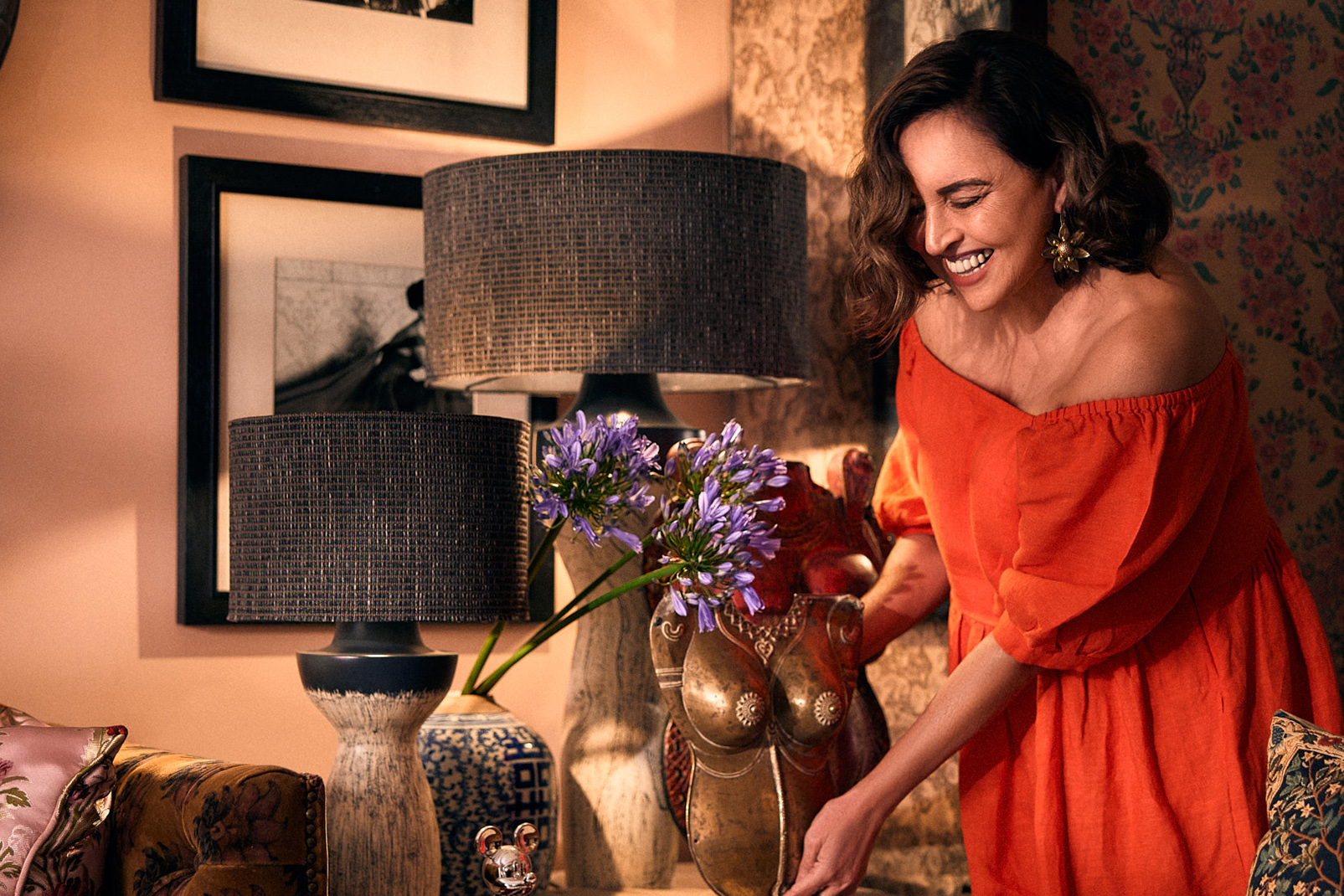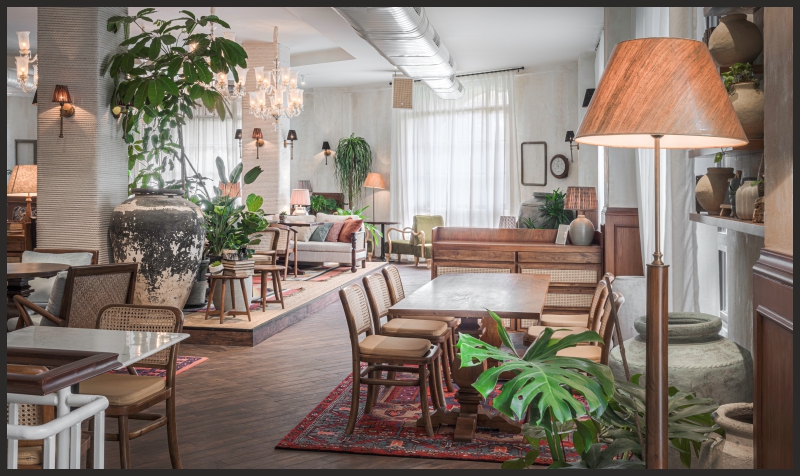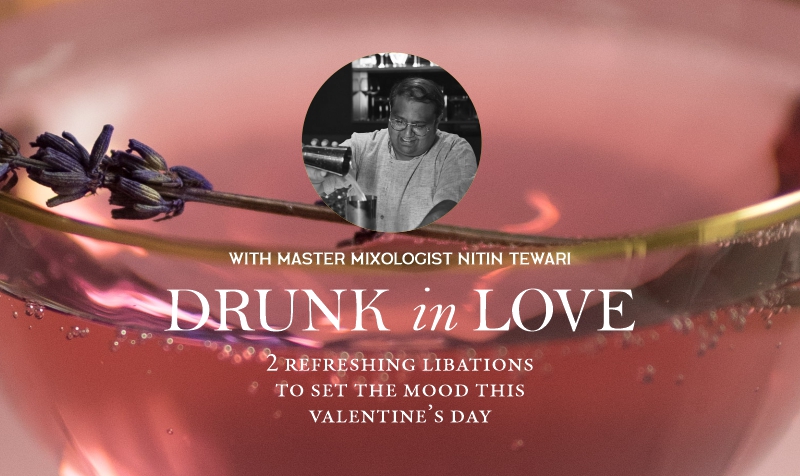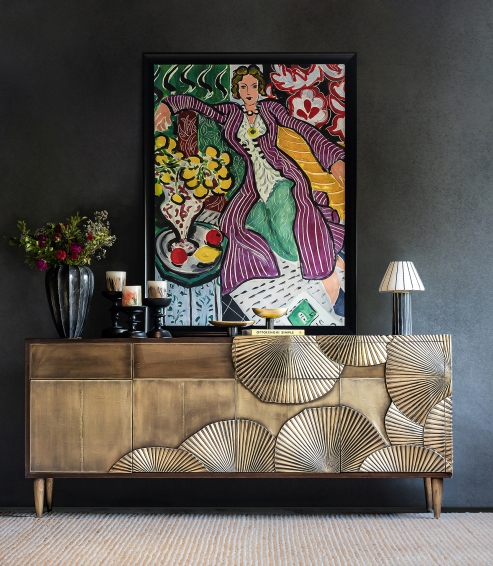We use cookies to make your experience better. To comply with the new e-Privacy directive, we need to ask for your consent to set the cookies. Learn more.
EPOCHAL PROPS: THEHOUSEOFTHINGS TELLS YOU WHY ANTIQUE EMBROIDERED TAPESTRIES ARE A MUST-HAVE.
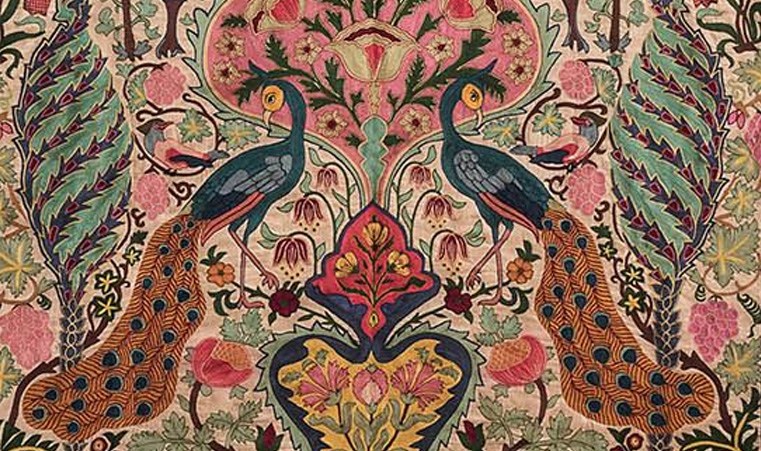
Tapestries, often found in stately homes and museums, don’t always have the immediate impact of paintings, architecture or sculpture. Faded, usually repaired, representing floral motifs, mythological or historic scenes, they were mostly commissioned for monarchs and noblemen alike. Lending an imperial eminence to an otherwise ordinary facade, tapestries remain a classic form of wall adornment anywhere even today. Be it the surreal beauty of the English Tudor wall hangings, or the timeless allure of the Persian style Mughal embroideries, tapestries weave an air of implausible magic that is unparalleled.
Tapestry is an ancient technique of weaving. The pattern is woven in blocks of coloured weft thread which are then beaten down tightly on the warp threads, producing a picture or a pattern. In traditional weaves, most employ a natural warp thread, such as linen or cotton, while the weft threads are usually wool or cotton, but may include silk, gold, silver and other alternatives. The success of decorative tapestry can be partially explained by its portability (Le Corbusier once called tapestries "nomadic murals"). They can be rolled up and transported, draped on the walls for insulation during winter, as well as used for pure display.
Vintage tapestries always find inspiration in their historic narrative. The iconography of most Western tapestries goes back to written sources, the Nativity scene and Ovid’s Metamorphoses being two popular stories. Apart from the mythological themes, hunting and battle scenes are the subject of many tapestries created for indoor decoration. In addition, the tapestries are a vital source of information about Medieval dress and fashion.
These beautiful works of art are an unrivalled repository of cultural and historical heritage. Being artistic, holistic, and richly rooted in heritage, they are preserved and cherished by avid art patrons and historians. Today, antique tapestries are the most curated artefact on the vintage textile art market. In the last three to five years, auctions and interior design demand have propelled their value to a great extent.
